The Waveland City Hall Gallery
After years of being a nomadic gallery, The Arts, Hancock County finds a permanent showcase for artists in the new Waveland City Hall.
- by Janet Densmore
The gallery has been housed in various locations through the years, but its establishment in the new Coleman Avenue government center is a homecoming of sorts. Pre-Katrina, local artist and potter Regan Carney and her friend Janet Dudding – who worked at the original Waveland city hall – put the empty walls to good use, showcasing work by members of The Arts, Hancock County.
Post-Katrina, there were no walls of the building remaining. For a time the Gallery was hosted by the Pearl River Community College on Highway 90, known as the Wave Gallery. Local artists showed alongside students under careful coordination by volunteer Joan Coleman.
Later, the Hancock Chamber lent additional wall space in their Court Street office in Bay St. Louis for artists to exhibit. A hanging system and display cases were installed there and at the PRCC, courtesy of post-hurricane recovery funds. Eventually, these venues changed use or moved. The gallery once again found itself “homeless.” Then Waveland’s Lisa Planchard and Mayor David Garcia agreed that the empty walls at the city’s sleek new government building could use some art. Mayor Garcia pointed out that "ours is an artist's community, and what better place to showcase that community than our public buildings?" With the support of city officials and the help of volunteer/photographer Joe Tomosovsky, the hanging system was installed at the new location. Marilynn Arseneau, then president of The Arts organization, prevailed upon her husband, Paul, to help move the display cases from the Depot and the PRCC - no light task. But while the space had all the elements necessary, there was no one to curate or to organize shows. After retiring from a two-year stint as president of The Arts, Hancock, Marilyn Arseneau, took on the challenge of managing the gallery. Along with assistant gallery director and artist Sandra Bagley, the gallery presented juried art exhibits in the lobby, with opening receptions that including food and music. The guest list became a mailing list. After two years, they handed the baton back to artist Regan Carney, with the help of this writer, Janet Densmore. The adventure had come full circle. Under Carney’s watch, exhibits began to extend beyond traditional fine arts and photography to fabric artists, jewelry designers, floral designers, etc, Perhaps the most popular exhibit was the show by Dale Pohl's elementary school art students in 1st, 2nd, and 3rd grade - a riot of happy colors. Currently, through Thursday, February 2nd, 2017, clay work by gallery founder Regan Carney is showing alongside watercolors by Herb Willey.
In addition to being the impetus behind the original gallery, Regan has been the lynchpin of art activities and an inspiration to Hancock artists for over twenty years, with an enviable record of artistic achievements.
Regan Carney can often be found working in her studio at the Bay Arts Co-op (415 Necaise Ave., Bay St. Louis). When asked about the origin of her art, she said that it went back over 9,000 years. "In ancient cultures, hollowed-out stones or baskets were used to collect water or grains because that's all they had,” said Carney. “But mice can get to grain stored in baskets. Pottery was probably discovered when a basket got clay on it. At some point the same basket went to a fire and the basket burned and the clay stayed stiff. It could hold water; it would keep out mice. In short, clay pottery became the Neolithic plastic bag." Regan explained that whether the pottery contained bits of added straw, or stone, whether it was coated with a colored slip, or paddled, or carved or smoked to partially seal the surface is how archeologists were able to identify various cultures. "Glazes came from the desert sands of the Middle East. Somebody built a campfire on top of an outcropping of salt. The next morning there was a blazing blue color in the ashes. It looked like the sky. God had spoken. They started using low-melting sand. These were the first glazed materials." Carney is a second-generation artist. Her father, Hal Carney, was a revered portrait artist in New Orleans and taught painting at Tulane and Newcomb. Carney herself holds an art degree from Tulane/Newcomb. She has no problems with the blurring of lines between traditional fine art and fine crafts. Even the simple forms she has created qualify as sculpture. "Hold this cup," she urged. "How does it feel in your hand? How does it fit? Imagine it filled with hot coffee in the morning? Wrapping your other hand around the cup, it grips easily, you won't likely drop it. It warms you; comforts you. It is made by hand for your hands. See how the handle makes a nice S-curve with an indenture at the top that just fits your thumb so nicely?"
The current exhibit of her work at the Waveland gallery is organized by color and design more than specific function. Pieces in one case share an Eastern influence. Another case is filled with black and white clay pieces, made with the neriage technique.
Neriage (pronounced nare-ee-ahhhj) has no applied pigment . The black comes from black clay and the white from white clay. The trick is to get them layered without falling apart. Neriage developed in Japan around 1900, but Regan has put her own modern stamp on these pieces. She confessed she has to "slam the clay down violently" so that the colors "marry," but don't blend. "It's all about relationships," she offered with a chuckle. In yet another case of work, some of the glazes are derived from lapis lazuli - stones Regan often uses in her jewelry design (though not in this show). Regan once lent her jewelry talents to Mignon Faget's studio in New Orleans before settling here on the coast. Soon after moving here in the mid-90s, she launched what is now the oldest cooperative studio for artists: the Bay Arts Co-op just celebrated its 21st anniversary. Regan was also one of the early founders of The Arts, Hancock County organization,
Award-winning watercolorist, Herb Willey, has been quietly observing and painting people along the Mississippi coast for well over a year. His collected beachfront paintings show along Regan Carney’s works in the current show. Herb is a member of the International Watercolor Society and his work has been shown in far-flung places like Taiwan and Hong Kong.
Herb is approaching the second year of paintings along Beach Blvd. He is not sure when or if he will run out of subject matter because "it's so varied. You couldn't go anywhere in the United States that is this close to a major city, like New Orleans, or Biloxi and find a beach that is so deserted you can still see eagles!" Herb works from photographs he snaps along the way. "You'll see a painting called 'Multitasking.'" It's a jogger with a baby strapped to his back and he's walking a dog. The guy and the baby are both looking at me. Most of the time they (his subjects) got their attention on their own thing: seagulls, pelicans, Bud Light." "I want the painting to make people think about what the guy is doing. I like to find humor," he admitted. "Also scenes that make you wonder about exactly what is going on."
Herb likes to write stories about his paintings on the labels too. He tells about a watercolor of a "guy that's carrying one dog and walking another dog. Why is this guy carrying this dog?”
Herb has completed nearly 400 works in the last three years. Yet, Herb confesses that after 25 years of painting, he has only begun to feel comfortable with the path his work has taken now he is able to paint full-time. Herb majored in Fine Art in college, then quickly went to work as staff artist for the Daily Iberian newspaper. He also studied watercolor with noted artist Harrel Gray for ten years. He showed his paintings at the Old Quarter Gallery near Jackson Square in the French Quarter, having his first show with Gray in the early 1990s. Yet for most of his career, he worked full-time in advertising, completing one of his own paintings only when time permitted. The pace was slow – one per week and sometimes, one per month. Mostly, he painted French Quarter scenes, "stuff that didn't move, with tourist appeal." Last year, Herb was only Mississippi watercolorist to show work in the Louisiana International Watercolor Exhibit held at Place St. Charles, New Orleans. "If you let failure in selling dictate your future in art you are not getting what it's about,” Herb said. “You need to keep exposing your art to people and getting your art out there." The Waveland City Hall Gallery is open to artists throughout Hancock County. Curated exhibits can be scheduled by contacting Cynthia Mahner at Coast Time Realty (228) 493-2852 or by email: [email protected]. Comments are closed.
|
Categories
All
Archives
July 2024
|
Shoofly Magazine Partners
Our Shoofly Partners are local businesses and organizations who share our mission to enrich community life in Bay St. Louis, Waveland, Diamondhead and Pass Christian. These are limited in number to maximize visibility. Email us now to become a Shoofly Partner!

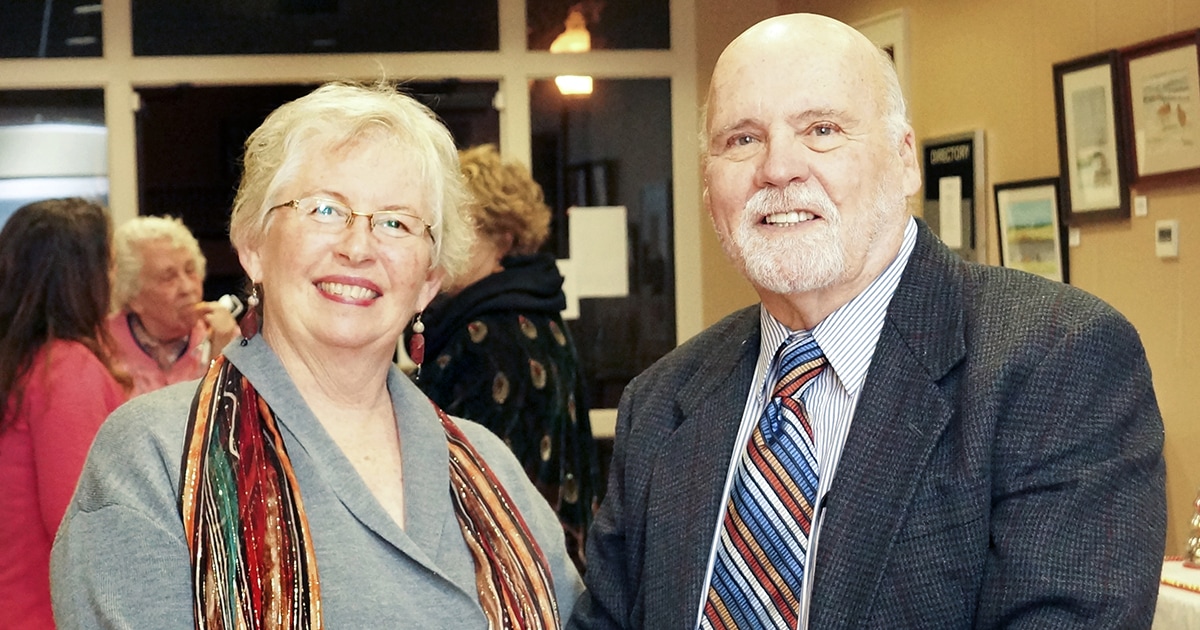

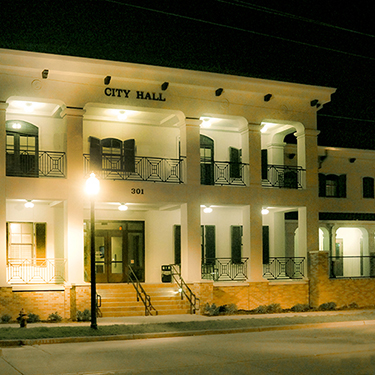
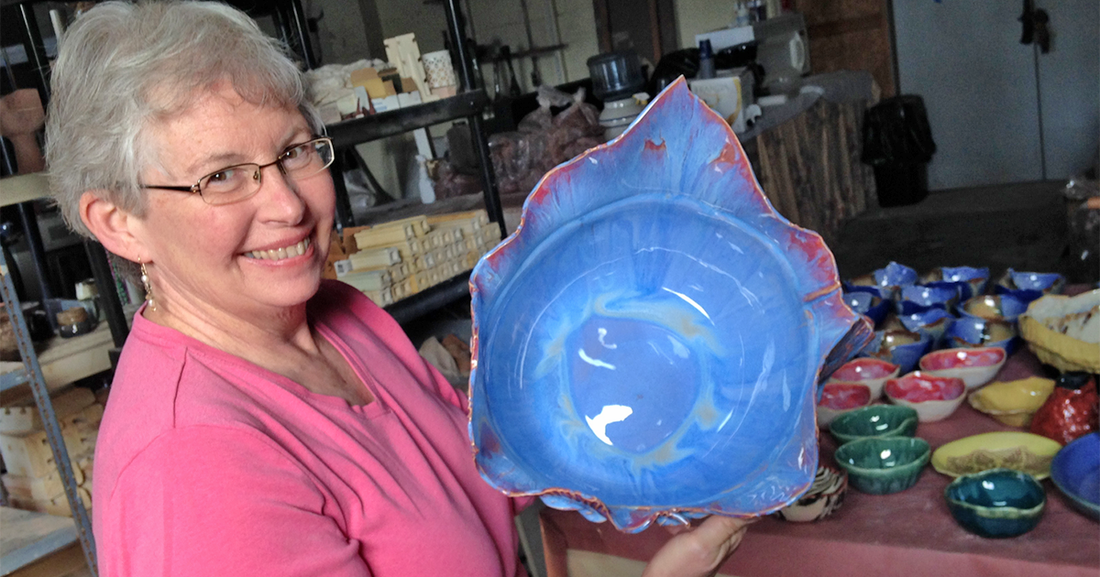
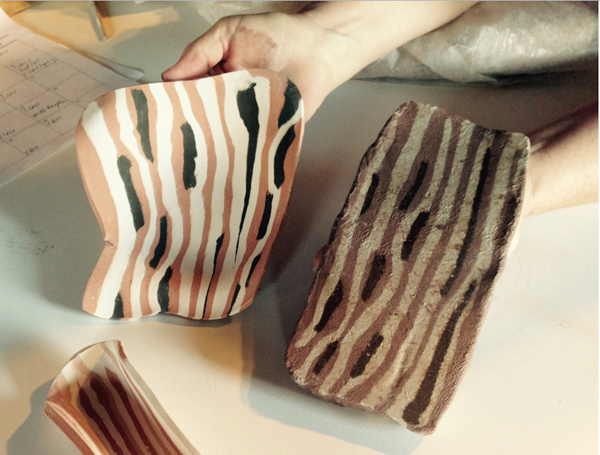
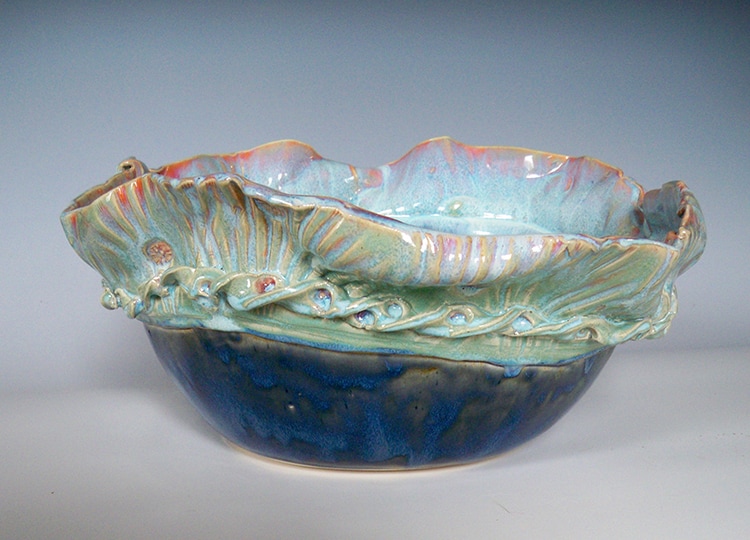
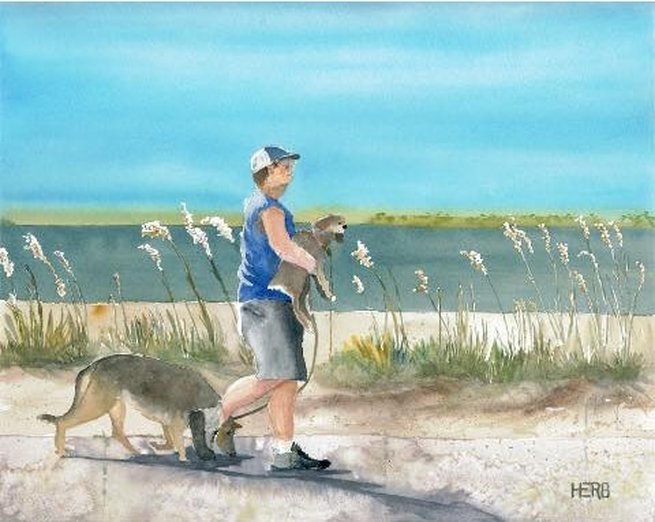
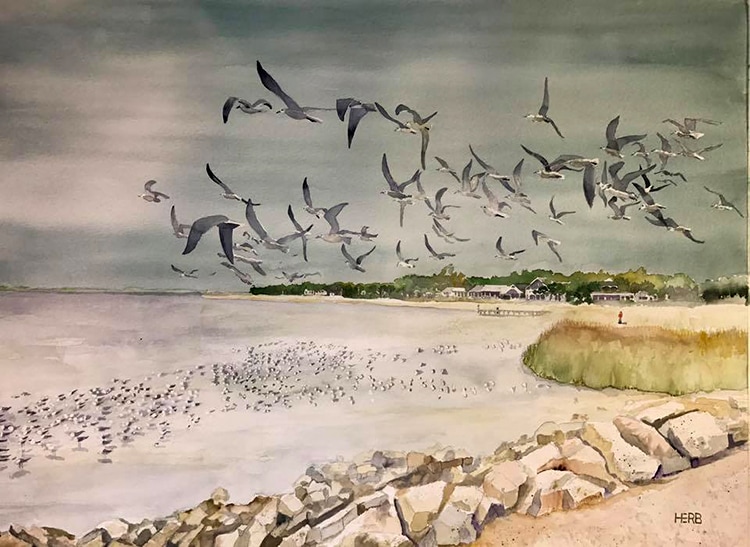
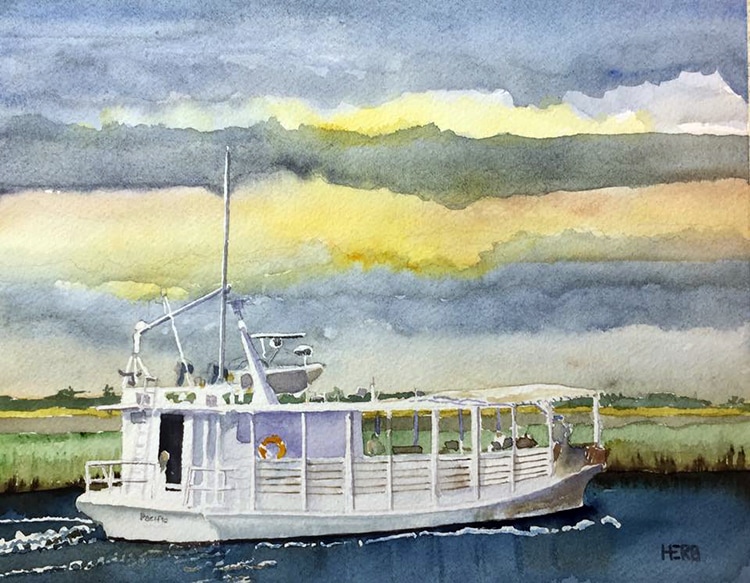

























 RSS Feed
RSS Feed























